How Communities Are Uncovering Untold Black Histories
Historians and citizen archivists in New Hampshire are using old records to tell long-overlooked stories.
As director of education at the Historical Society of Cheshire County in New Hampshire, Jennifer Carroll couldn’t help but notice that people often came into the office to talk about secret rooms they have found in their houses. They usually assumed that their homes must have been part of the Underground Railroad, and helped shelter enslaved people who had escaped to freedom in the North. New England hosted many stops on this clandestine network, and New Hampshire was once a hotbed of abolitionist activity. For Carroll, though, it was never possible to verify the residents’ suspicions.
At a symposium Carroll attended about the Underground Railroad, held by the Black Heritage Trail of New Hampshire, archaeologist Cheryl LaRoche called on the people of New Hampshire to stop focusing on secret architecture and pay more attention to the actual Black history of their towns. “It’s about the relationships and the networks, and not so much about the architecture of a space,” says Carroll. LaRoche helped her realize that the focus on the buildings was just placing the white homeowners at the center of the story—rather than the network of Black and Indigenous people in their communities, past and present.
Michelle Stahl, executive director of the Monadnock Center for History and Culture, based in neighboring Hillsborough County, had begun a similar line of inquiry about four years ago because people also asked her about the history of the Black and Indigenous people of the region. “Although we had snippets here and there, we couldn’t really tell a full and robust history,” Stahl says. “The information is there, we just need to pull it together.” As she began to scratch the surface, Stahl realized that there was more than she thought.
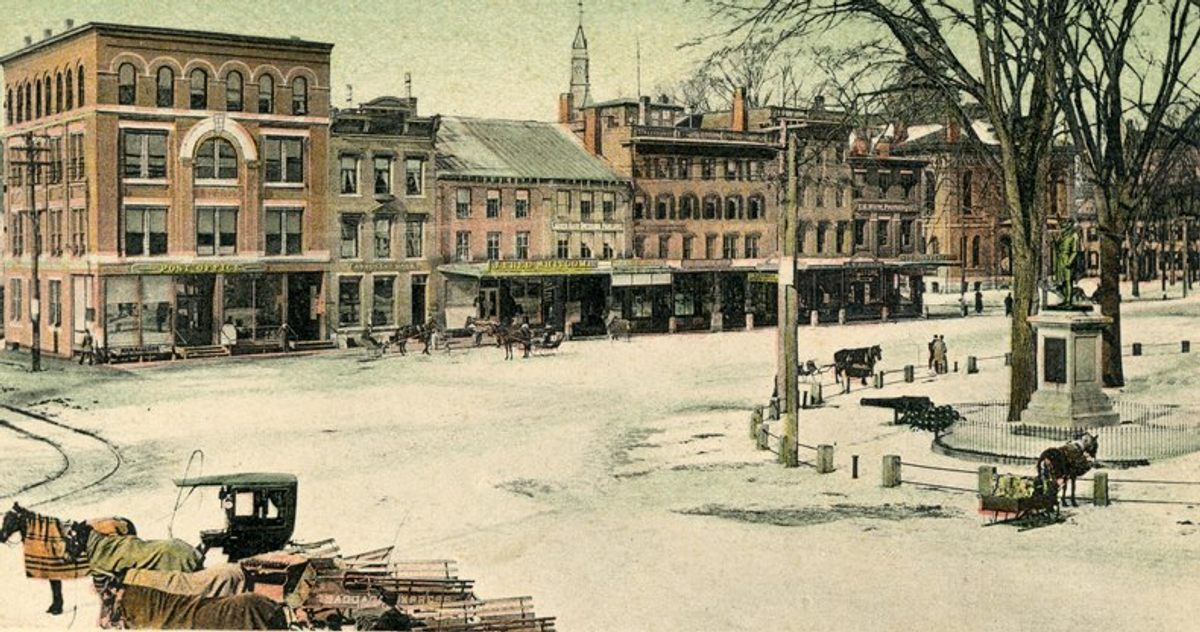

Carroll and Stahl had spoken for some time about doing a project about the region’s Black history at their respective institutions. Carroll had initially begun a project as a class at Keene State College for adults 55 years old and older. When the pandemic hit, she and Stahl partnered up to make it a collaborative online initiative encompassing both counties, which make up the states’s southern border. The resulting project, Recovering Black History in the Monadnock Region, uses census and other historical records to uncover the names and stories of the Black individuals and families who lived in the region between 1730 and 1930. The project is emblematic of efforts of a number of communities that are working toward uncovering and preserving previously untold Black history—in places such as Arkansas, North Carolina, and Tennessee—against the backdrop of attempts to question Black history in schools through curriculum changes and book bans.
According to Stahl, a lot of the history that has been written about New Hampshire has focused on the coast. “New Hampshire has a really tiny seacoast but a really important port [Portsmouth],” Stahl says. “It also figures very heavily into the Black history of New Hampshire going back to the 18th century.” Enslaved Africans were noted in New Hampshire as far back as 1645, most of them concentrated in the area of Portsmouth. According to the Black Heritage Trail of New Hampshire, the Black population of 17th-century New Hampshire was relatively small, which made it easy for them to be overlooked. By the start of the American Revolution, 700 Black people were in the state. The documented history of New Hampshire has traditionally been a white one, and census numbers for both enslaved and free Black people during the colonial period were known to be inaccurate. Stahl says that from the research they’ve done so far, there were many more Black people in the state than had traditionally been counted.
“When people say that there weren’t many enslaved people in New Hampshire and that it was mostly on the sea coast, our research is not holding up that generalization,” she says. The Monadnock Region is understudied—it is often referred to as the “forgotten corner” of the state, according to Stahl. There, and throughout New Hampshire, Carroll and Stahl’s project has uncovered a Black and Indigenous history that is little known, little studied, and more or less everywhere. The project is currently focusing on 37 towns, and they’ve found that Black and Indigenous people lived in every one. “We haven’t found a town yet that has never had a Black person living in it,” Stahl says, in a region that’s not known for its diversity.
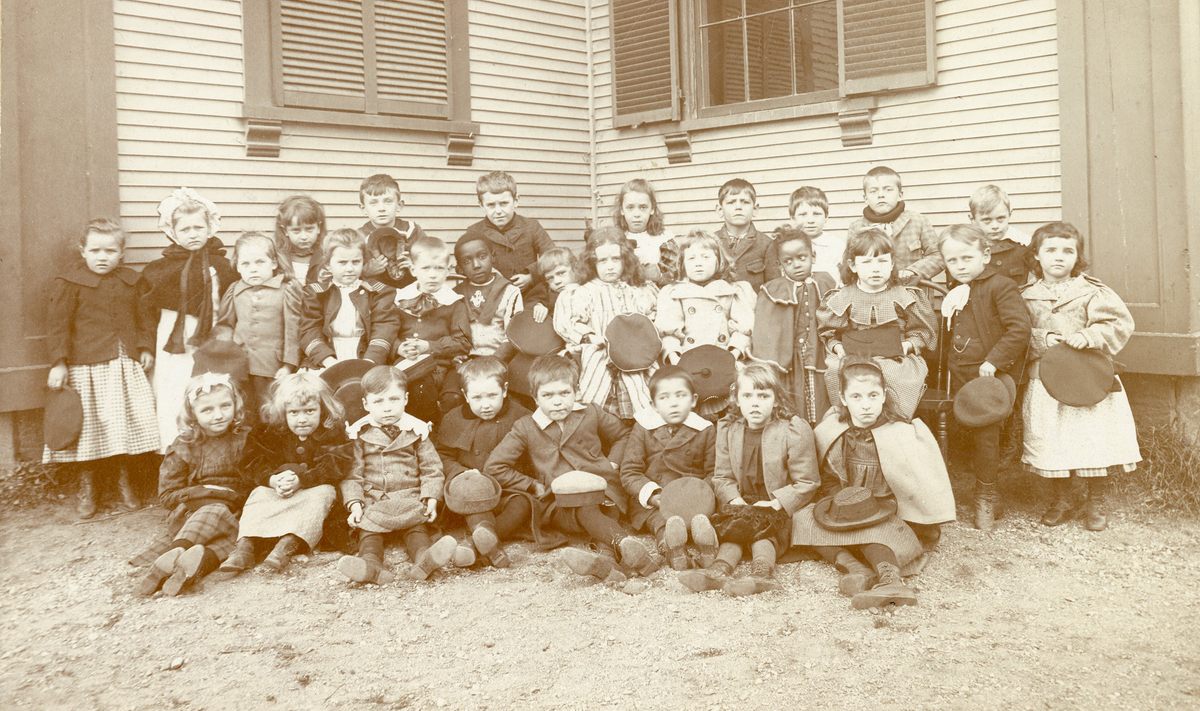
The Recovering Black History in the Monadnock Region project requires its participants to sift through digitized census records, vital records, and town records obtained from the different towns’ historical societies, as well as genealogy sites such as ancestry.com. The goal is to look for the names and family connections of those otherwise left out of the region’s historical records.
The central idea of the project was about communicating local history to the people who live there, so Carroll wanted it to be a citizen-archivist project. Stahl already had a group of volunteers, and that was the seed of a more structured group. Gail Golec, a local historian and archaeologist, answered a call for help that Carroll put out in early 2020. “The Black history of this area is something that I’ve always been interested in,” she says. “Black history is not well represented in our town histories or any written documentation for the most part.” Because most volunteers had never worked with older records and census material before, Carroll and Stahl had to come up with some systematic techniques for volunteers to employ. “Jenna and Michelle worked up a wonderful outline of how to go about doing the research,” says Golec. “They had a database all set up with different pages of questions of things we would be getting from the documents.”
Volunteers began looking through the census records, with each person assigned a different town in the Monadnock region. There, they could find some information on enslaved people and their enslavers, in particular. “That’s what we did for the first year,” Carroll says. “We wanted to exhaust that resource completely.” But early census records aren’t easy; they only list heads of households, with everyone else marked with a tick, and maybe gender, age, andrace. “It just left this anonymity in the resources that we were looking at unless we were finding that a person of color was a head of household,” says Carroll. It was critical for the team to understand the history of how the government recorded race historically. One census could list someone as white, another one could list them as “mulatto” (a term considered racially insensitive today but that was historically used to describe anyone of mixed race), and the next as Abenaki (an Indigenous group). “People weren’t self-identifying,” says Carroll. “The census taker was identifying someone’s race.” This led to discussions about how the project itself should define race, and who should be included in the analysis. “Knowing that, what we really want is for historians and others to come in and help contextualize our findings,” Stahl says.
Terminology in these early census records was also important. “The word ‘servant’ in New England was very often a synonym for ‘slave,’” she says. “At the beginning I didn’t realize that.” When she learned that from researchers in other parts of New England, the team went back and did keyword searches, which then helped uncover more information.
Now that they’ve gone through census records, the project has turned its attention toward vital records—such as documentation of marriages, births, and deaths. This can allow them to create a timeline of an entire family’s movement throughout the region. “It’s fascinating because where we might learn in a town’s history that a family had moved to town but didn’t know when, we can then find the birth certificates of the children,” Carroll says. When a person’s race wasn’t listed in any other record, they might find a death certificate that listed them as “colored.” The team has also been finding interesting connections to towns in Massachusetts and Vermont.
Despite the time commitment it takes to parse through these records and the willingness to accept that sometimes nothing may turn up, the team has been able to identify certain individuals and build their stories.
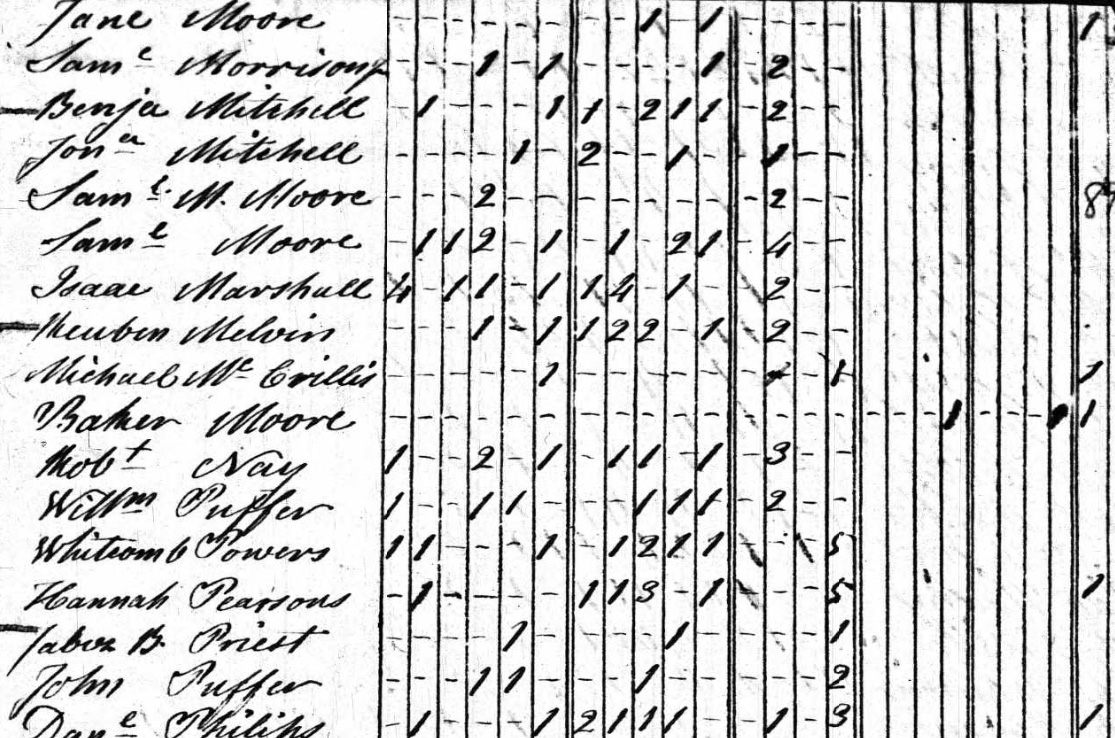
A man named Baker Moore, for example, was taken from his mother as an infant, enslaved and purchased in Boston, Massachusetts, in 1755. In New Hampshire his enslaver was the deacon Samuel Moore. Moore later bought his own freedom, in 1777, and lived the rest of his life in the town Peterborough, until his death in February 1839 at the age of 84.
The Brooks family of Walpole, New Hampshire, were a mixed-race Black and Indigenous family whose earliest records go back to 1820.
In the early 20th century, a Black man named George Miller moved his family from New York to Keene, New Hampshire, and became the manager of the Latchis Theatre. Eventually he owned property all over town.
But with every new and fascinating find comes more questions and curiosities. Through their research, Carroll, Stahl, and the volunteers found that 60 percent of the towns in Cheshire County had enslaved people living in them. They also found small populations of free Black families living together—communities that seem to have just disappeared after the Civil War. “What were their experiences like? What happened to them? We’re really curious about a lot of things now,” says Carroll. A lot of the Black history they’ve been finding has also intertwined with that of the Indigenous people of the region. “We’re learning a lot that we didn’t know before.”

So far, the project has been able to identify about 475 Black people who lived in southwest New Hampshire between 1730 and 1930. The number, though not seemingly large, is significant: each represents a life undocumented, and one that would not have come to light without a concerted effort to analyze those early records. “It’s wonderful because we hear so often that we’re living in such a lily-white region of New Hampshire,” says Carroll. “But I think that what we’re learning is that there is such a rich history here.” For Stahl, the project will allow people to connect with their own family stories. She says that white people from the region are more likely to find records of their family histories than Black people are. “One of my great hopes as an outcome of this project is that we’ll be able to put all our findings in one place where descendants can come find them,” says Stahl.
A new website called BIPOC Monadnock is set to go live soon, where stories of families and individuals will be searchable by name, town, and topic. “There are so many voices and stories that have been underrepresented that are an integral part of the history of the region,” says Carroll. As the people of the Monadnock region work to tell a fuller story of their towns, the journey toward reclaiming and preserving Black history continues to take shape in small communities all over the country.


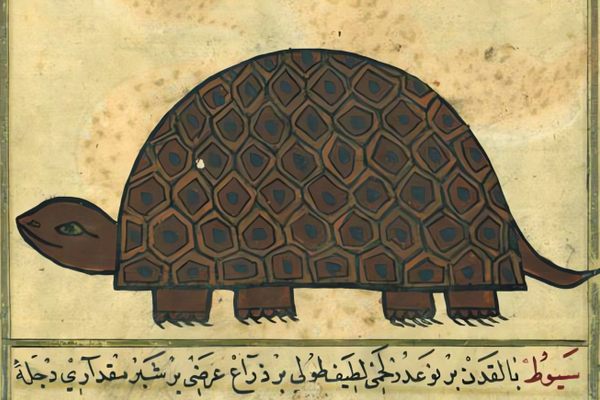

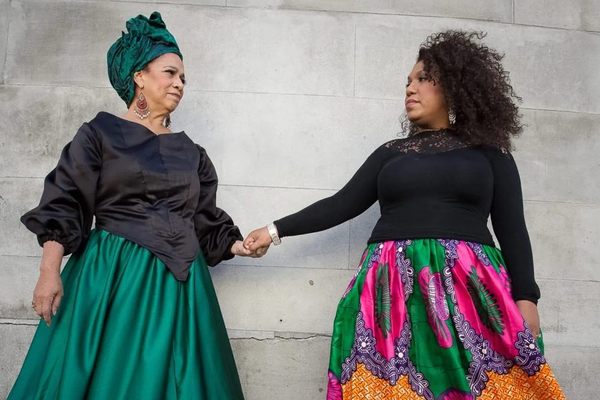

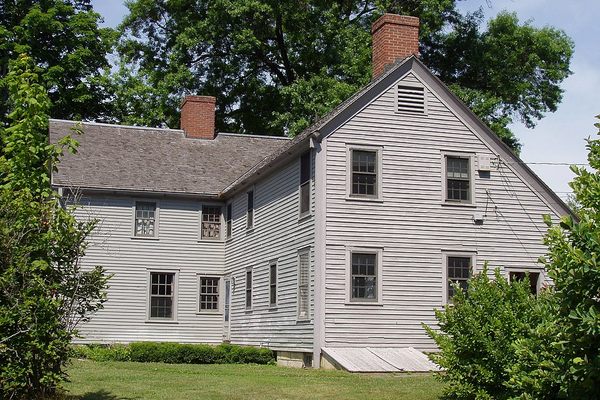












Follow us on Twitter to get the latest on the world's hidden wonders.
Like us on Facebook to get the latest on the world's hidden wonders.
Follow us on Twitter Like us on Facebook